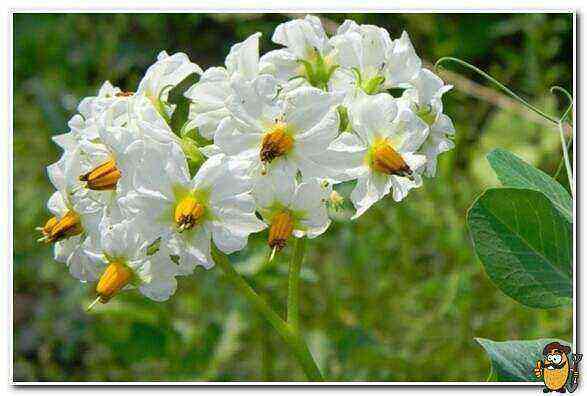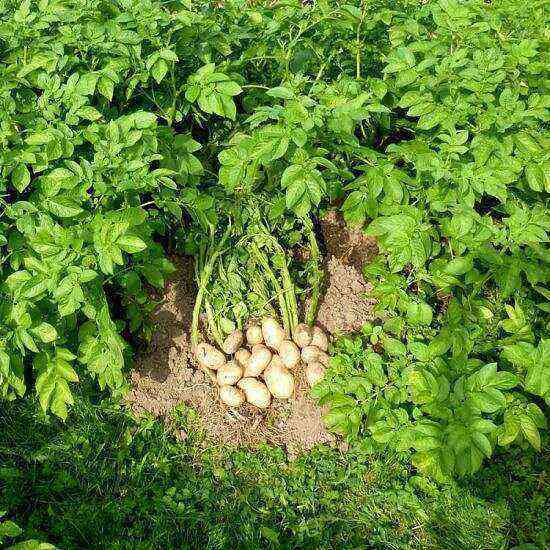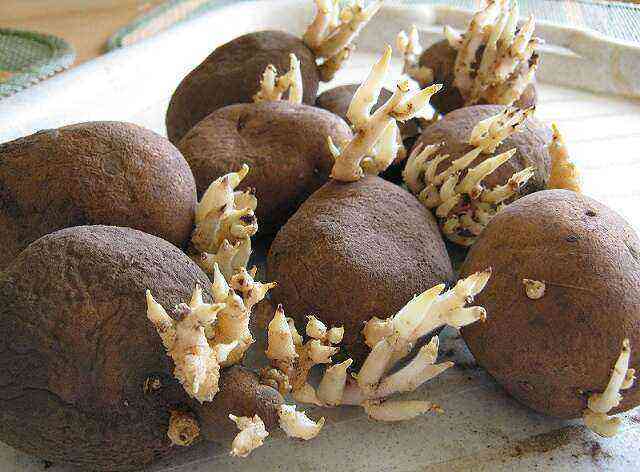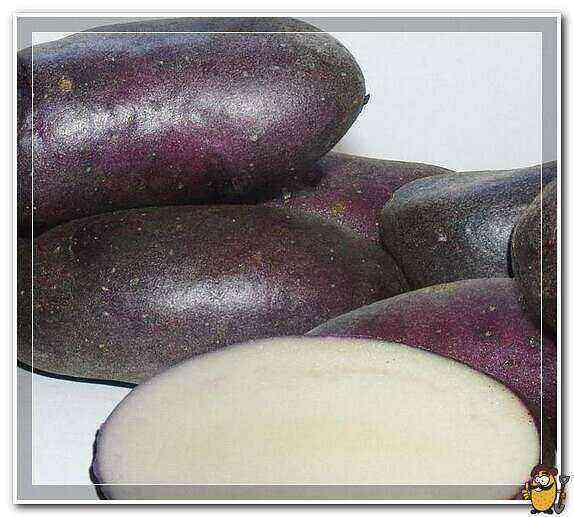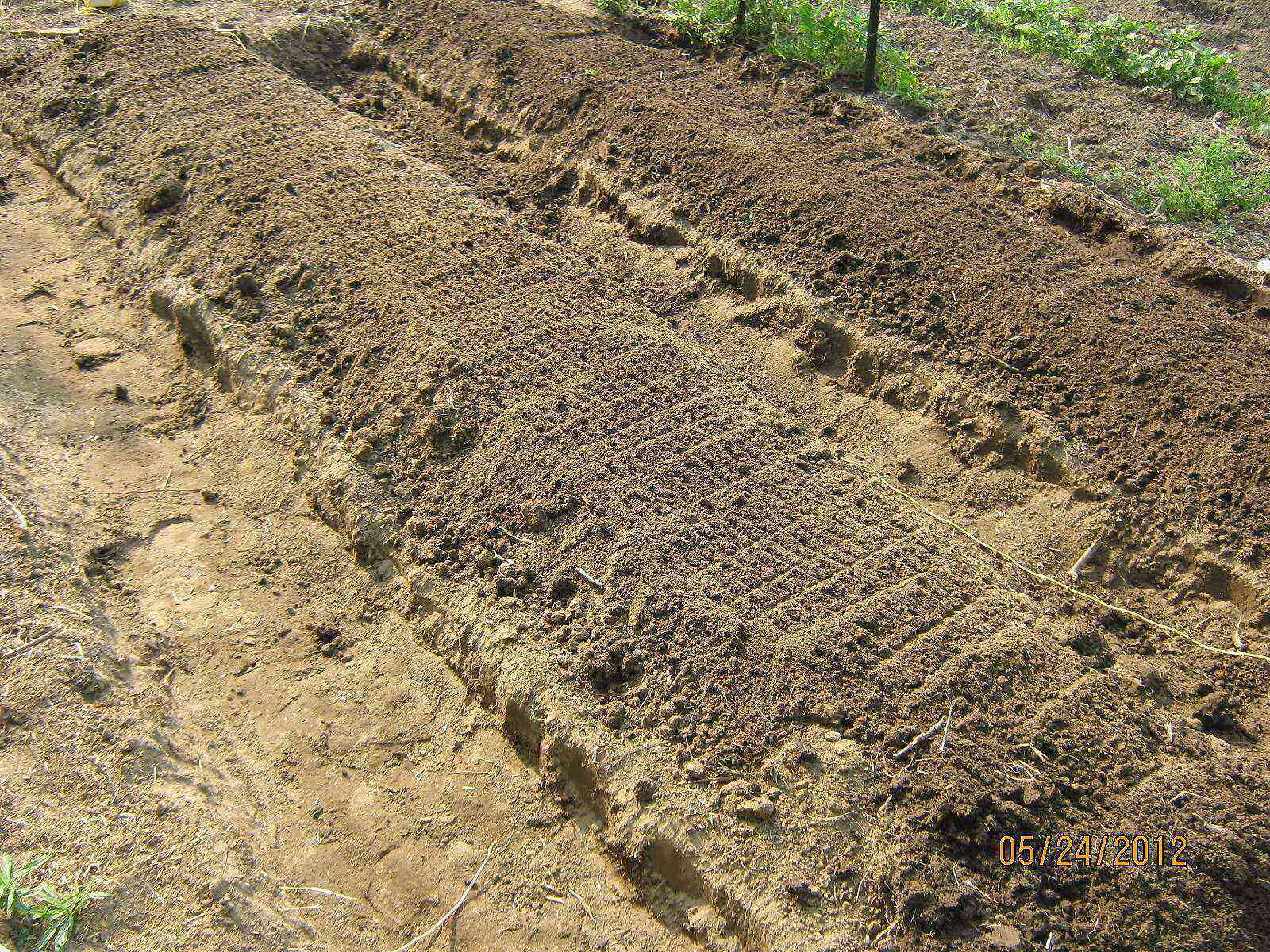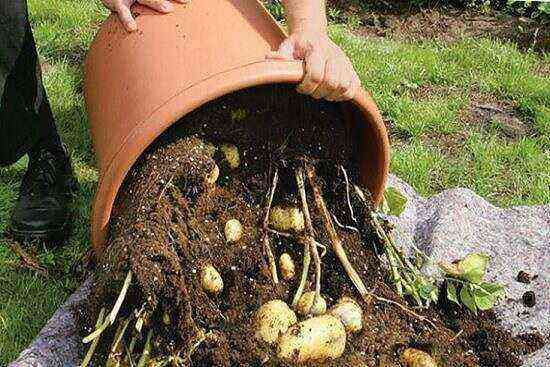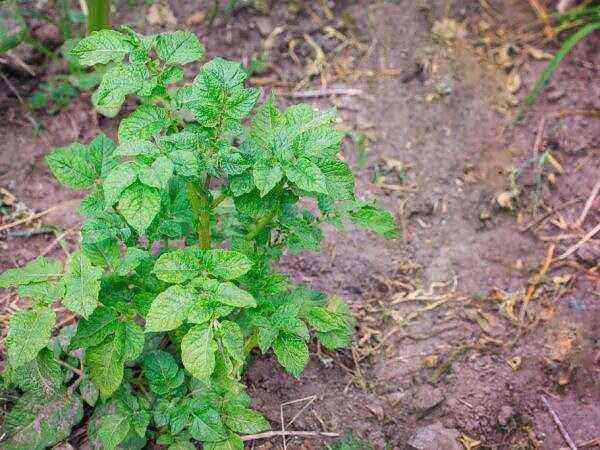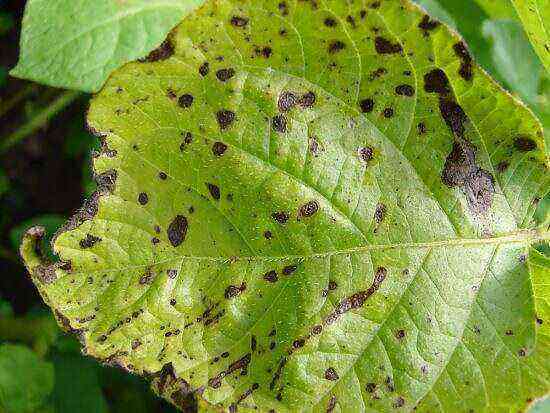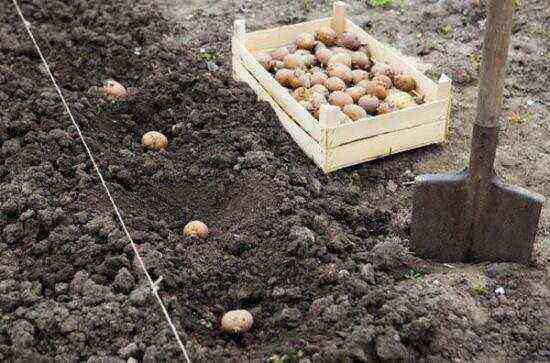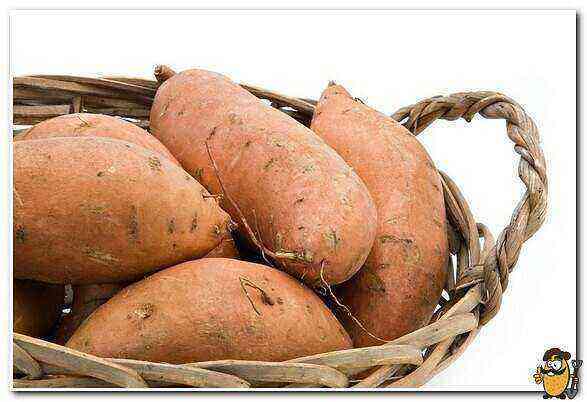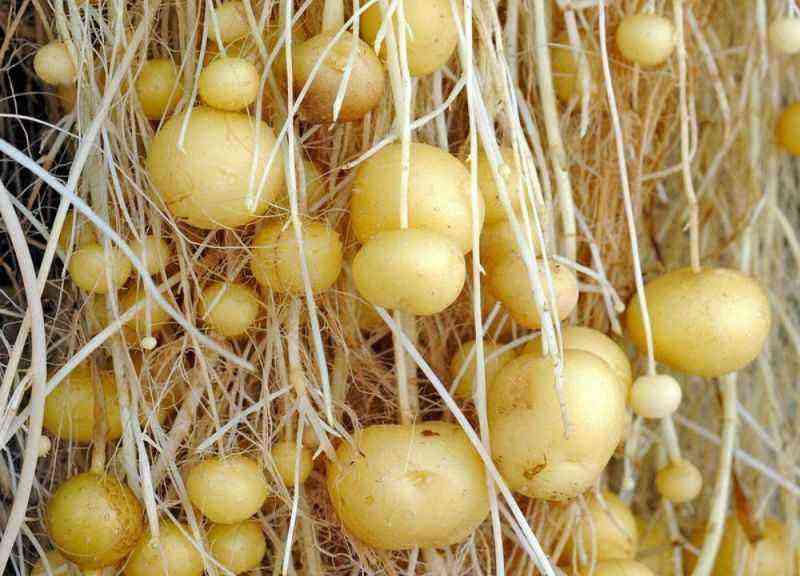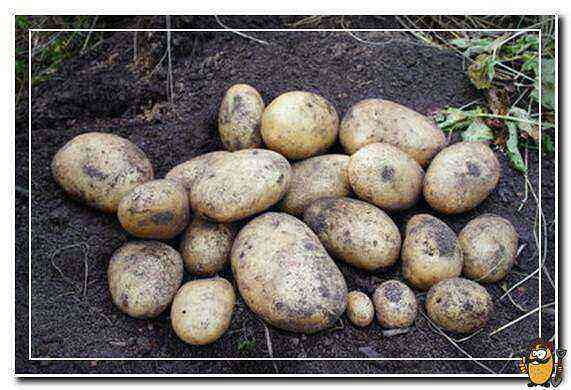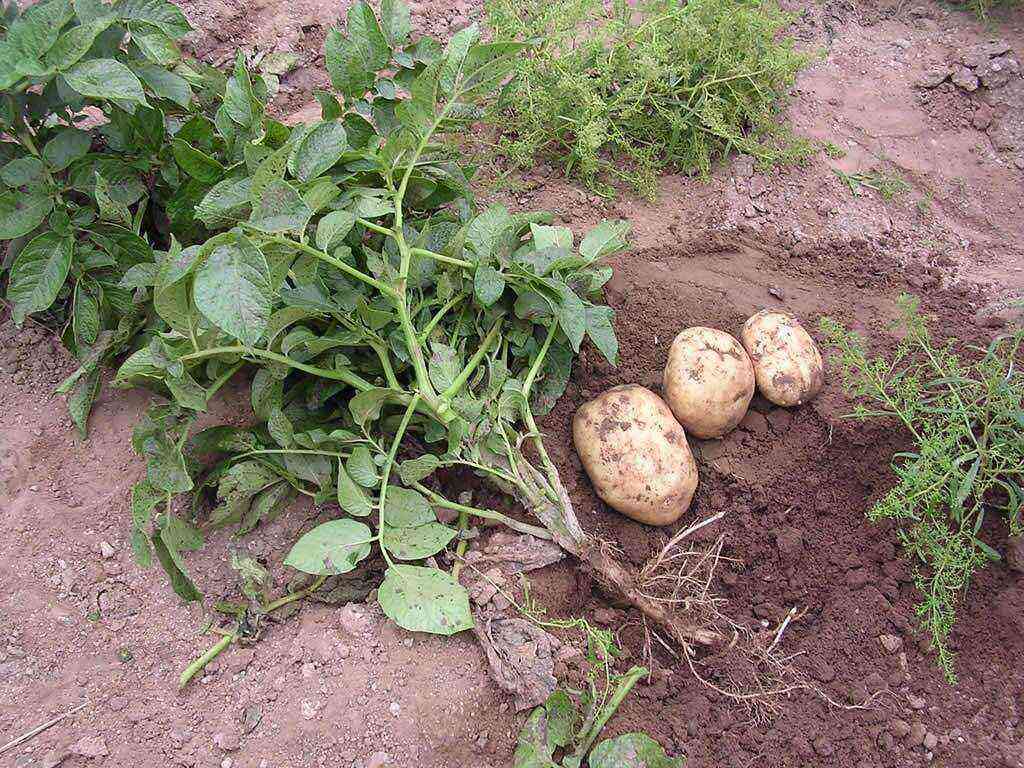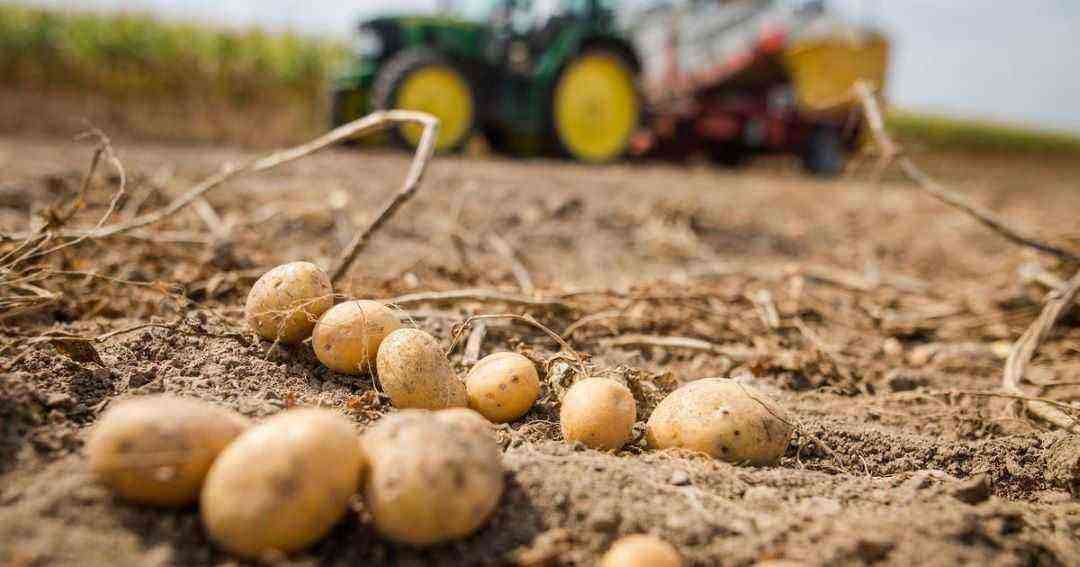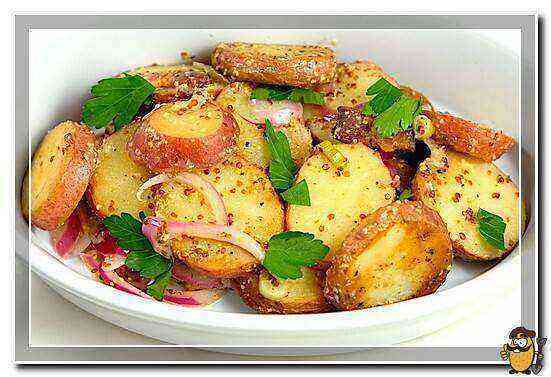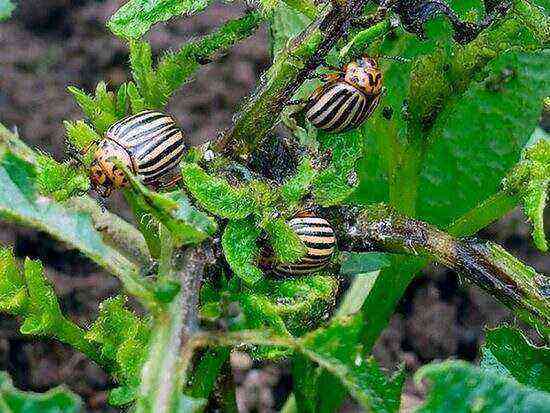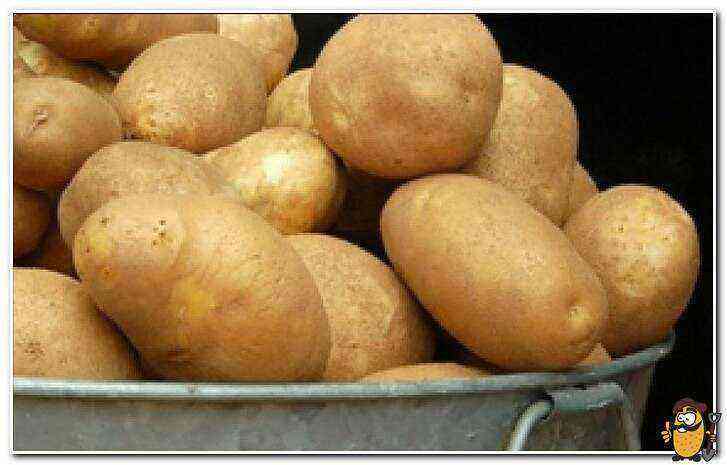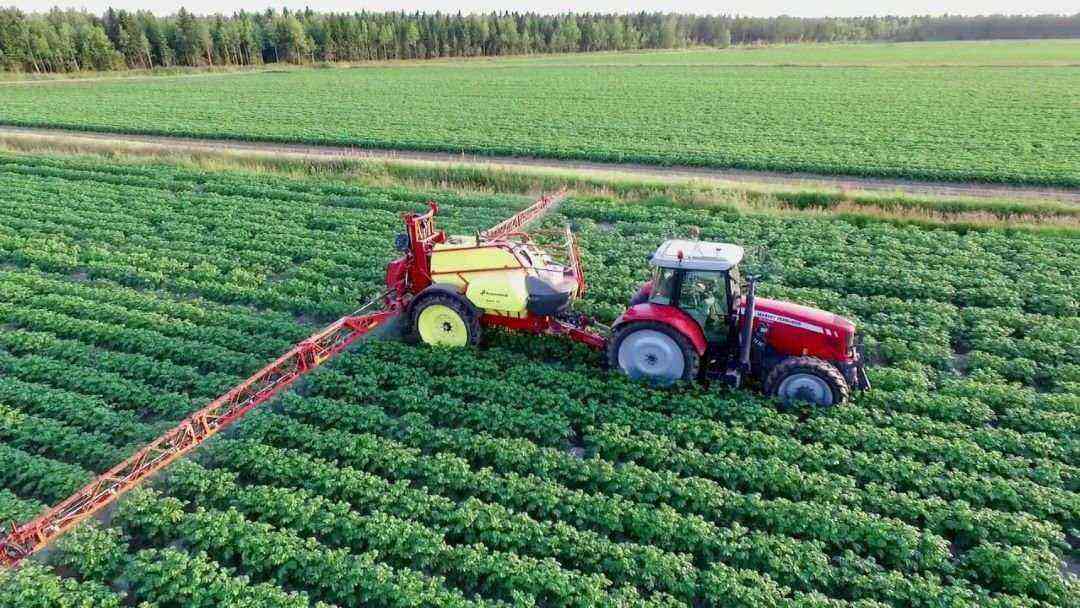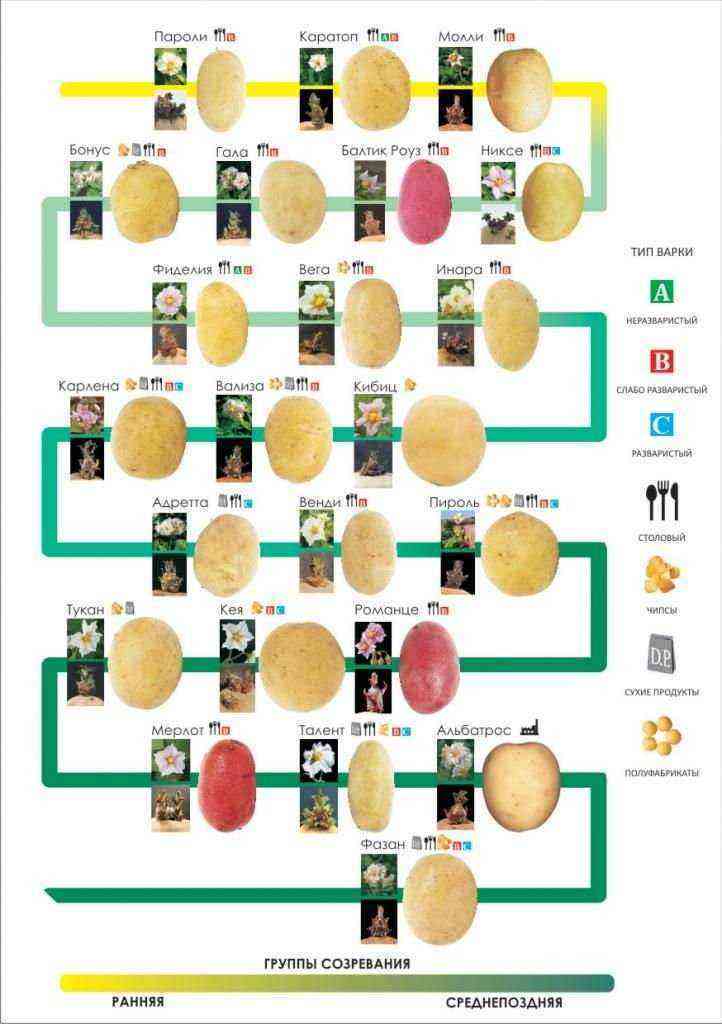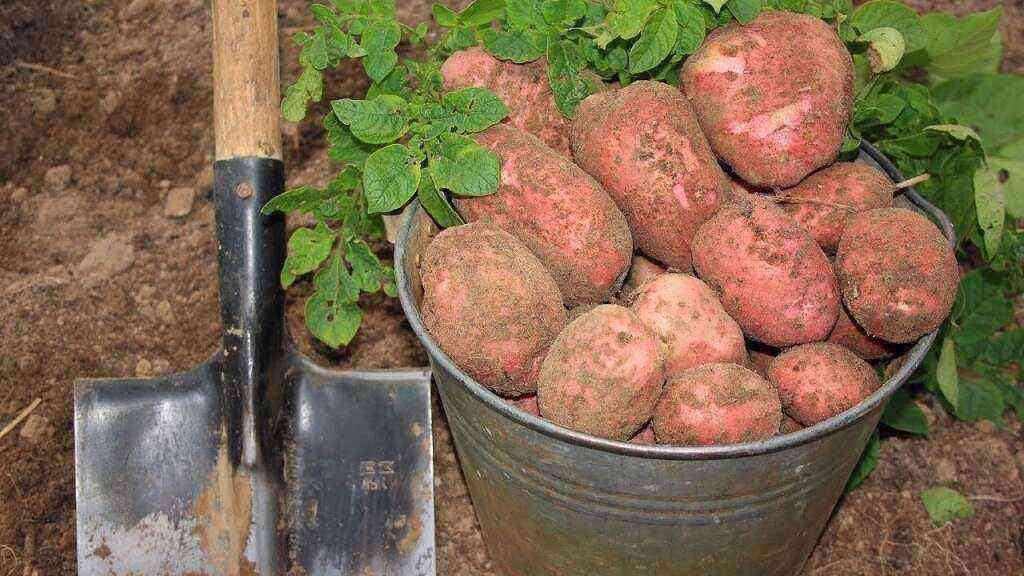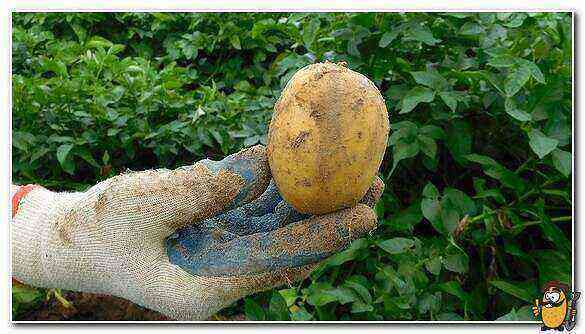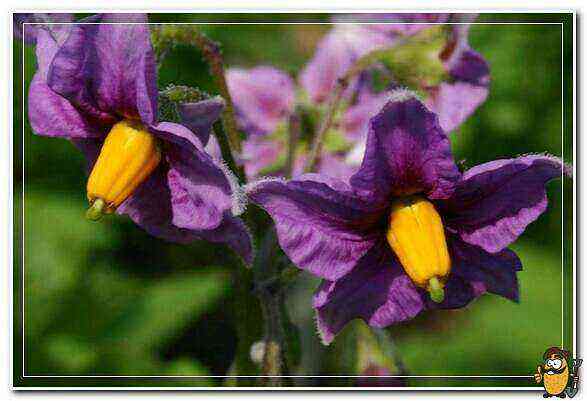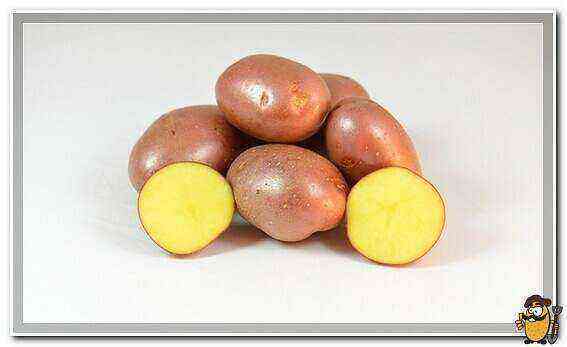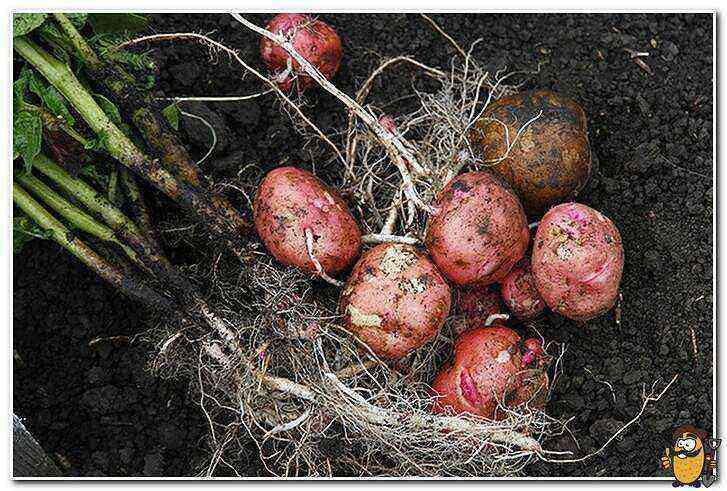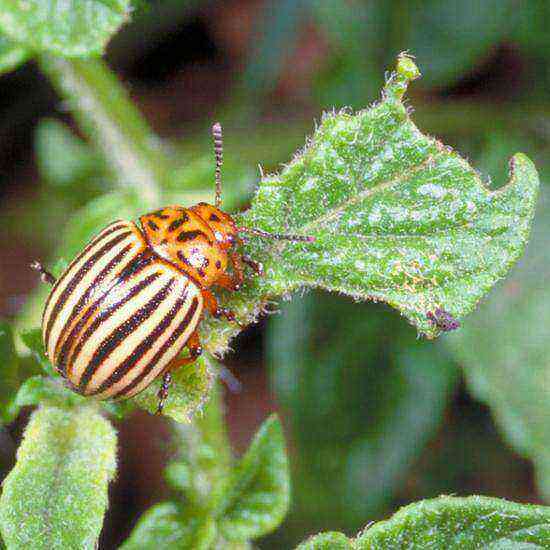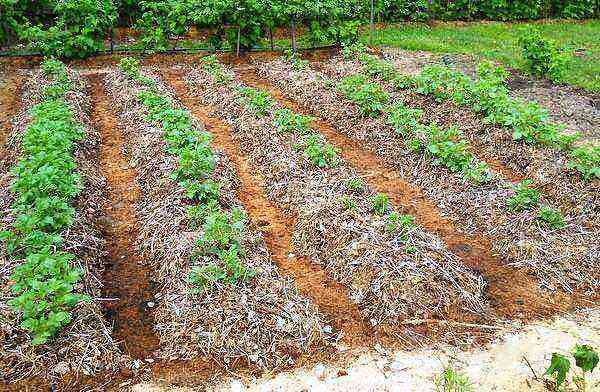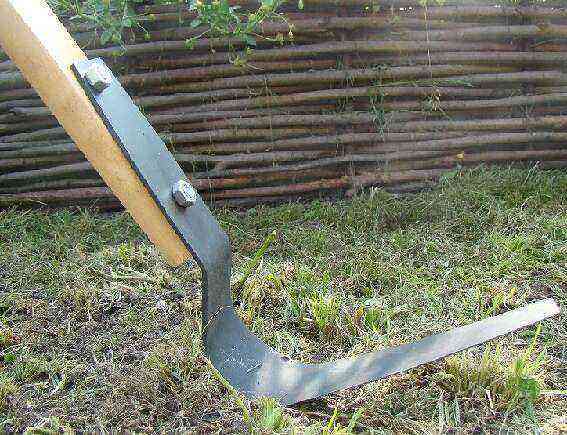If potato tops begin to turn yellow for no reason ahead of time, this does not necessarily mean that the plants lack nitrogen. Do not immediately increase the dose of nitrogen fertilizers: it is quite possible that potatoes need sulfur. Especially its shortage is felt on sod-podzolic, podzolic and gray forest soils (here the natural reserves of the microelement do not exceed 100 kg / ha). It is believed that the most sulfur is in peat soils and chernozems (up to 500 kg / ha), but in practice it turns out that some chernozems are poor in sulfur.
The role of sulfur in potato cultivation. With sulfur starvation, the tops begin to turn yellow from the tops. Sulfur moves very slowly through the vessels of the plant, so young potato leaves do not pull it away from old ones and turn yellow prematurely. Moreover, the entire leaf plate turns yellow, along with the veins, while with a lack of iron, the veins remain green.
Sulfur is involved in the synthesis of the amino acids methionine and cysteine, vitamins B1 (thiamine) and B7 (biotin). If the tubers lack sulfur, the nitrogen they assimilate from the soil is not converted into a protein form.
In potatoes grown under sulfur starvation conditions, the nitrate content increases by an average of 22%. At the same time, the starchiness of the tubers decreases, their taste deteriorates, the potatoes ripen longer.
Part of the sulfur is assimilated by plants from the air: a trace element is part of the sulfur dioxide that industrial enterprises emit into the atmosphere. Rainwater and melt water also enrich the potato soil with sulfur. In a ton of organic fertilizers (compost or humus) – about 0,5 kg of a microelement.
But practice shows that growing 1 ton of potatoes requires 2–4 kg of a trace element. Plants assimilate only half of this dose from the air, rain and melt water, and compost. In addition, about 1 – 200 g of sulfur are added to 600 hundred square meters of potato plantation. However, the trace element in the composition of sulfate compounds is very quickly washed out of the soil, therefore, when applied in autumn, the dose of fertilizer is increased.
Types of sulfur-containing fertilizers for potatoes
There is a large selection of sulfur-containing fertilizers in specialized stores. But when using them, it should be borne in mind that most of them acidify the soil. On slightly alkaline and neutral soils, this is not scary: potatoes grow better in a slightly acidic environment. But if the soil is already acidic, it is better to mix sulfate fertilizer with crushed chalk or fluff.
Colloidal sulfur (cumulus)
The fertilizer has fungicidal properties. Sulfur treatment of potatoes prevents the disease of plants with scab, black leg and powdery mildew. For spraying 2 acres of potato plantations, 50-100 g of the product is dissolved in 10 liters of water. The first spraying is carried out before flowering. The interval between treatments is at least 2 weeks. Carry out up to 3 sprays per season.
Colloidal sulfur will not work if spraying is carried out at temperatures below +18 ° C. At temperatures above + 28 ° C, the preparation burns the tops. Fertilizer is incompatible with copper sulfate and other copper-containing preparations, as well as with organophosphate pesticides.
Colloidal sulfur
Ammonium sulfate
The fertilizer contains 24% sulfur and 20,5% nitrogen. In the spring, before planting potatoes, 2,5–4 kg of ammonium sulfate are added to the soil. Ammonium sulfate protects tubers from scab.
Ammonium sulfate
Sulfoammophos
The fertilizer contains 8-14% sulfur, 20-34% phosphorus oxide, 14-20% nitrogen, 0,5% each magnesium and calcium. Sulfoammophos can be applied both in spring and autumn. The recommended dose is 3 kg per hundred square meters.
Sulfoammophos
Phosphogypsum
Phosphogypsum contains 23,4% sulfur and does not have an acidifying effect, therefore it is suitable for fertilizing potatoes with sulfur on slightly acidic soils. Scientists have found that when using phosphogypsum, the potato yield increases by 19-24% compared to those areas where only nitrogen-phosphorus-potassium fertilizers are used. The recommended dose is 10-15 kg per hundred square meters once every three years.
Phosphogypsum
Magnesium sulfate
There are two types of magnesium sulfate on sale:
- monohydrate containing 23% magnesium and 46% sulfur;
- seven-water, in which 16% magnesium and 30 – 32% sulfur.
Fertilizer can be applied either to wet soil or to dry soil, but before the rain, since it does not work in dry soil. With pre-planting fertilization, 1-1 kg of magnesium sulfate are applied per one hundred square meters.
Magnesium sulfate
3 foliar dressings are allowed during the growing season. The consumption rate of seven-water magnesium sulfate is 100-120 g per hundred square meters, of one-water one – 30–70 g. To prevent the preparation from burning the tops, it is mixed with urea (20–40 g per hundred square meters).
